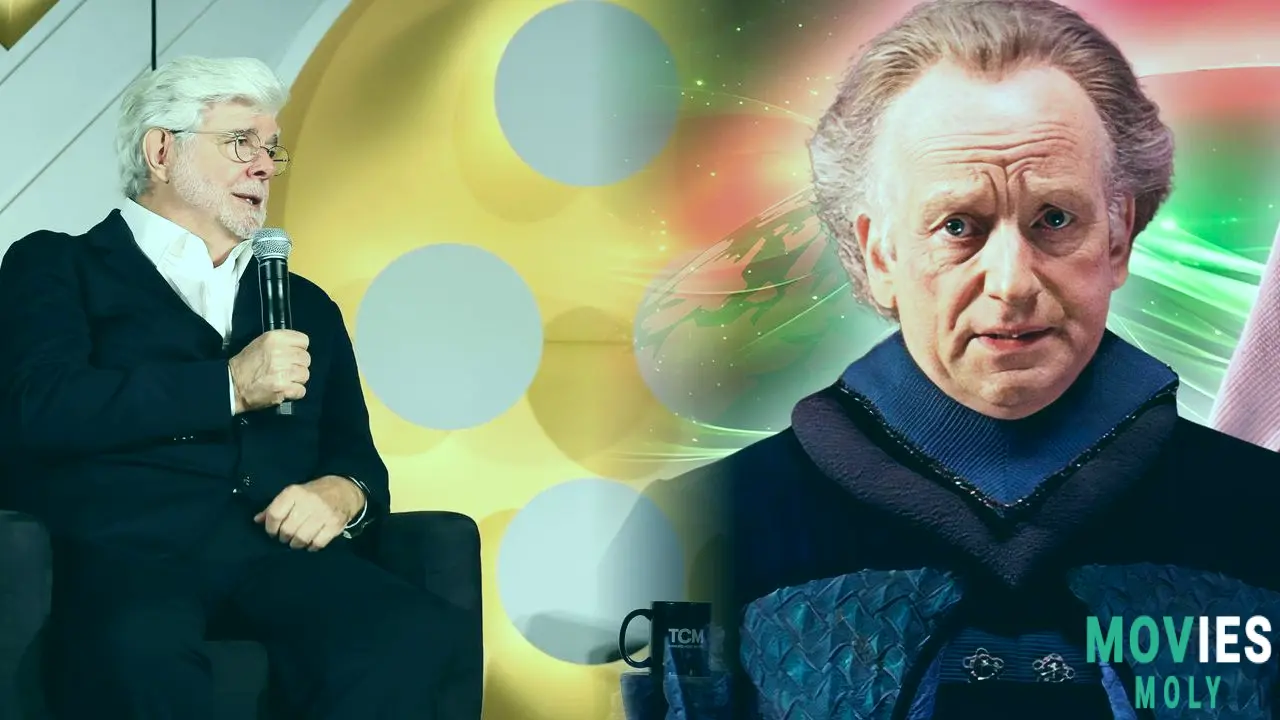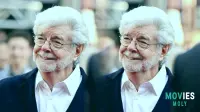George Lucas isn’t just the man behind the galaxy far, far away — he’s a cultural architect whose creative risks continue to ripple through pop culture, fandoms, and blockbuster storytelling. Whether you’re a die-hard Jedi or a casual viewer who’s only ever heard the phrase “I have the high ground,” Lucas’ influence is inescapable. And recent reappraisals of his work, from Revenge of the Sith to Andor season 2, only deepen the appreciation for a filmmaker who dared to blend myth, spectacle, and ideology in ways few have since.
Revenge of the Sith: George Lucas’ Operatic Blockbuster Magnum OpusFor years, Star Wars: Episode III – Revenge of the Sith wore the scar of fan criticism like a tarnished medal. But the 20th-anniversary theater screenings and generational re-watches have sparked a powerful reevaluation. This isn’t just another “prequel,” say its newfound defenders — it’s Lucas’ true masterpiece. The film that pulled the entire saga’s emotional and thematic weight into a fiery, lava-soaked climax.
As a self-proclaimed “prequel kid,” SlashFilm’s reflection on Revenge of the Sith hits home. The film wasn’t crafted for subtlety—it was designed to resonate with mythic intensity. Lucas described his Star Wars saga as modern silent films, where music and imagery carry the story. And in that sense, Revenge of the Sith delivers like a cinematic opera. Anakin’s fall to Darth Vader isn’t just character development—it’s Greek tragedy staged on a space station.
Sure, the dialogue gave us meme-gold like “I have the high ground,” but that’s part of the flavor. These lines were meant to be stylized, almost symbolic. Lucas wasn’t aiming for naturalism; he was painting with broad emotional strokes. The result? A film that’s simultaneously balletic and explosive, mythic and personal. It’s the kind of bold genre-blending that studios today rarely gamble on.
Yoda’s Backwards Speech: A Genius Meta Choice to Elevate Meaning
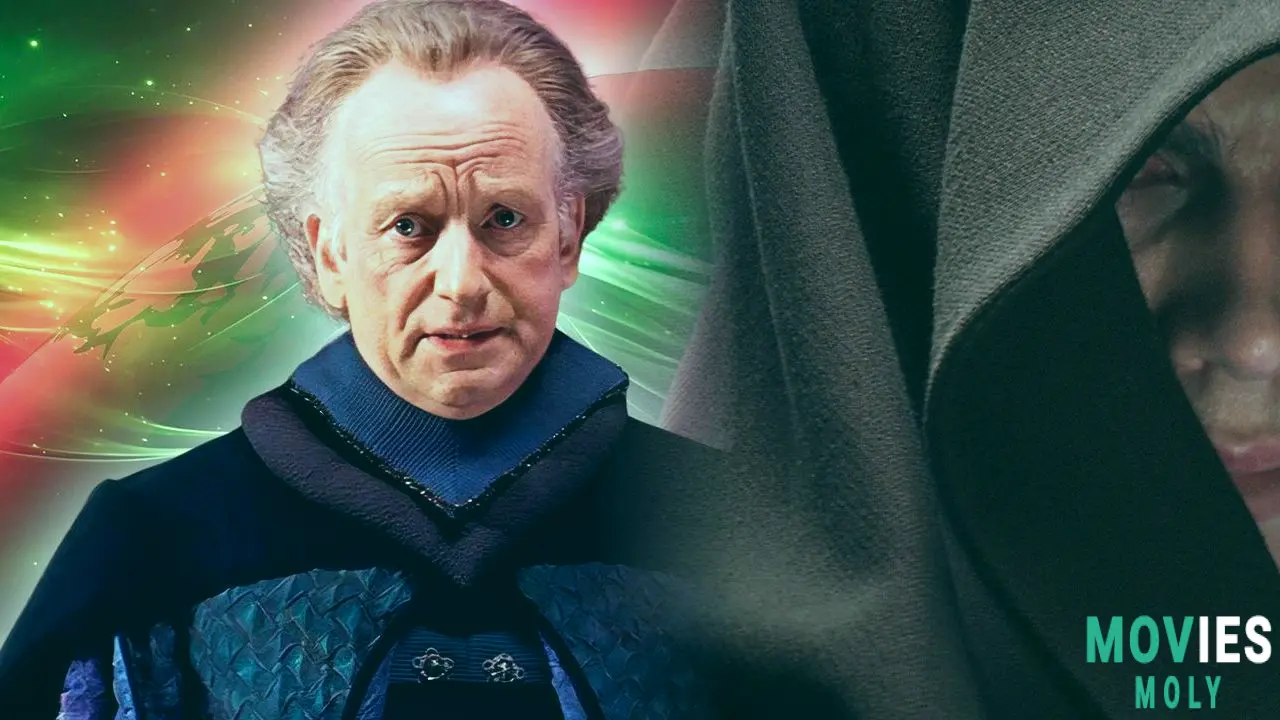
One of the most iconic quirks in the Star Wars universe—Yoda’s backward syntax—wasn’t born from alien linguistics or ancient grammar. It was a calculated creative choice by Lucas himself. As he revealed during the Empire Strikes Back 45th anniversary screening, Yoda speaks that way because “if you speak regular English, people don’t listen that much.”
This small but significant decision ensured that every line from the wise green Jedi Master would command attention. Yoda wasn’t just a mentor; he was the philosophical heart of The Empire Strikes Back. His odd sentence structure forces viewers to digest his wisdom word-by-word, turning simple advice into meditative aphorisms. “Do or do not. There is no try.” It’s no accident these lines have penetrated culture beyond fandom.
Lucas’ approach here perfectly encapsulates his filmmaking ethos: take risks with ideas, even if they don’t land perfectly every time. (Looking at you, Jar Jar Binks.) But when it works—as with Yoda—it creates something timeless. It’s a reminder that Lucas wasn’t just telling stories; he was experimenting with how we engage with ideas on screen.
Andor Echoes Lucas’ Original Palpatine Vision in a Brilliant Twist
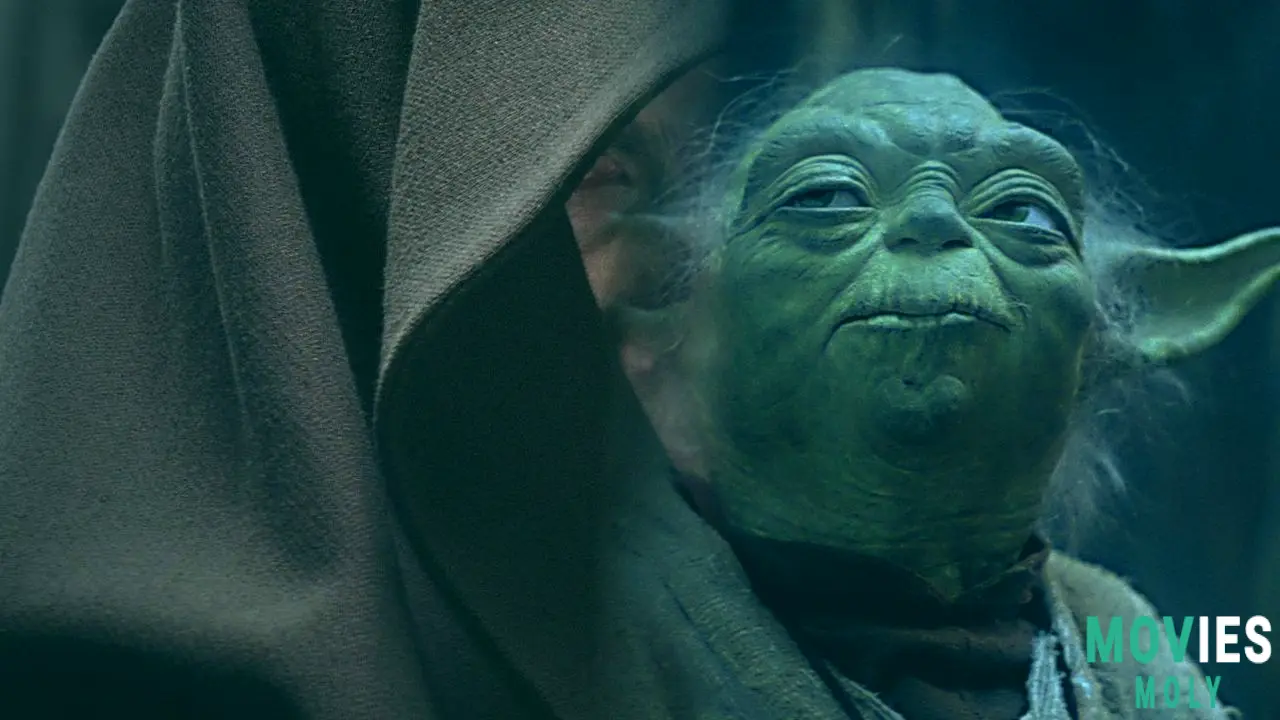
The latest Star Wars TV success, Andor season 2, has done something remarkable—it’s brought back a piece of George Lucas’ original Emperor Palpatine concept. Before the trilogy redefined him as the sinister Darth Sidious, Lucas initially imagined Palpatine as a figurehead—a seemingly benevolent leader overshadowed by rogue bureaucrats. The villainy was supposed to lie more with the Empire’s machinery than the Emperor himself.
In a striking echo of this early idea, Andor episode 5 features a character remarking that many believe the Emperor is unaware of what the ISB is doing in his name. It’s a subtle but profound narrative choice. It reflects how the average citizen in the galaxy perceived Palpatine—not as the dark mastermind, but as a politician outpaced by his own government. This nuance adds layers to the Rebel’s fight and recontextualizes Palpatine’s image in the public eye.
Though Lucas evolved Palpatine into the ultimate evil by Return of the Jedi, the fact that Andor is revisiting his original portrayal speaks to the depth of Lucas’ initial world-building. It wasn’t just about good vs. evil—it was about perception, control, and the manipulation of image. And for a creator now removed from the franchise’s day-to-day, that’s a powerful legacy to leave behind.
George Lucas’ Legacy Is One of Bold Myth-Making and Idea-Driven Filmmaking
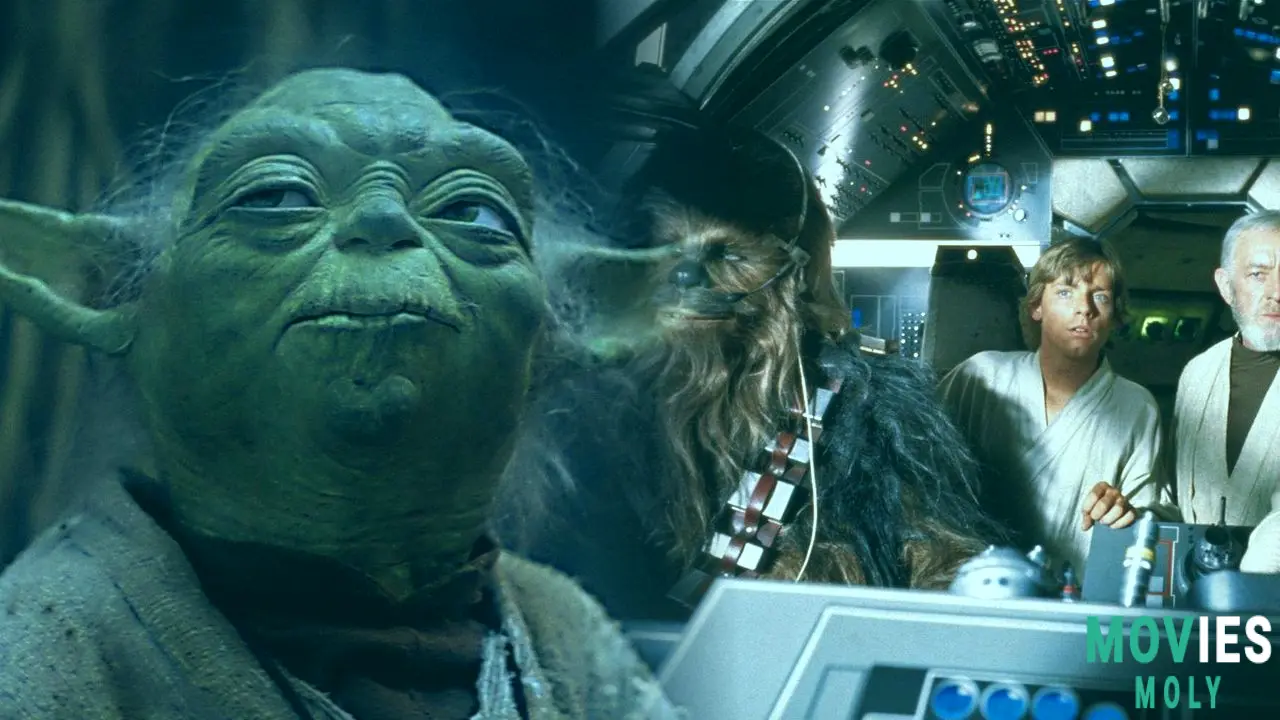
What ties these disparate threads—Revenge of the Sith’s operatic grandeur, Yoda’s linguistics, and Andor’s political subterfuge—is George Lucas’ relentless commitment to storytelling through the lens of myth and spectacle. He wasn’t afraid to oversaturate a scene with symbolism or to underplay a line for the sake of visual storytelling. He created worlds where moral alignment was shown in costumes, where dialogue was designed to stick like ancient proverbs, and where villainy evolved based on audience perception as much as narrative need.
In an era when franchises are often steered by committee and aimed squarely at middling consensus, Lucas’ work stands out for its ambition and uneven genius. He gave us a template for how to build a mythos across media—films, games, toys, TV shows—and he wasn’t afraid to swing for the fences, even if that meant sometimes missing.
Today, as Star Wars media continues to explore new directions, and as fans rediscover the prequels with fresh eyes, one thing is clear: George Lucas’ creative DNA is still the force that powers this galaxy. And for that, we owe him more than just a thank you. We owe him our attention.

